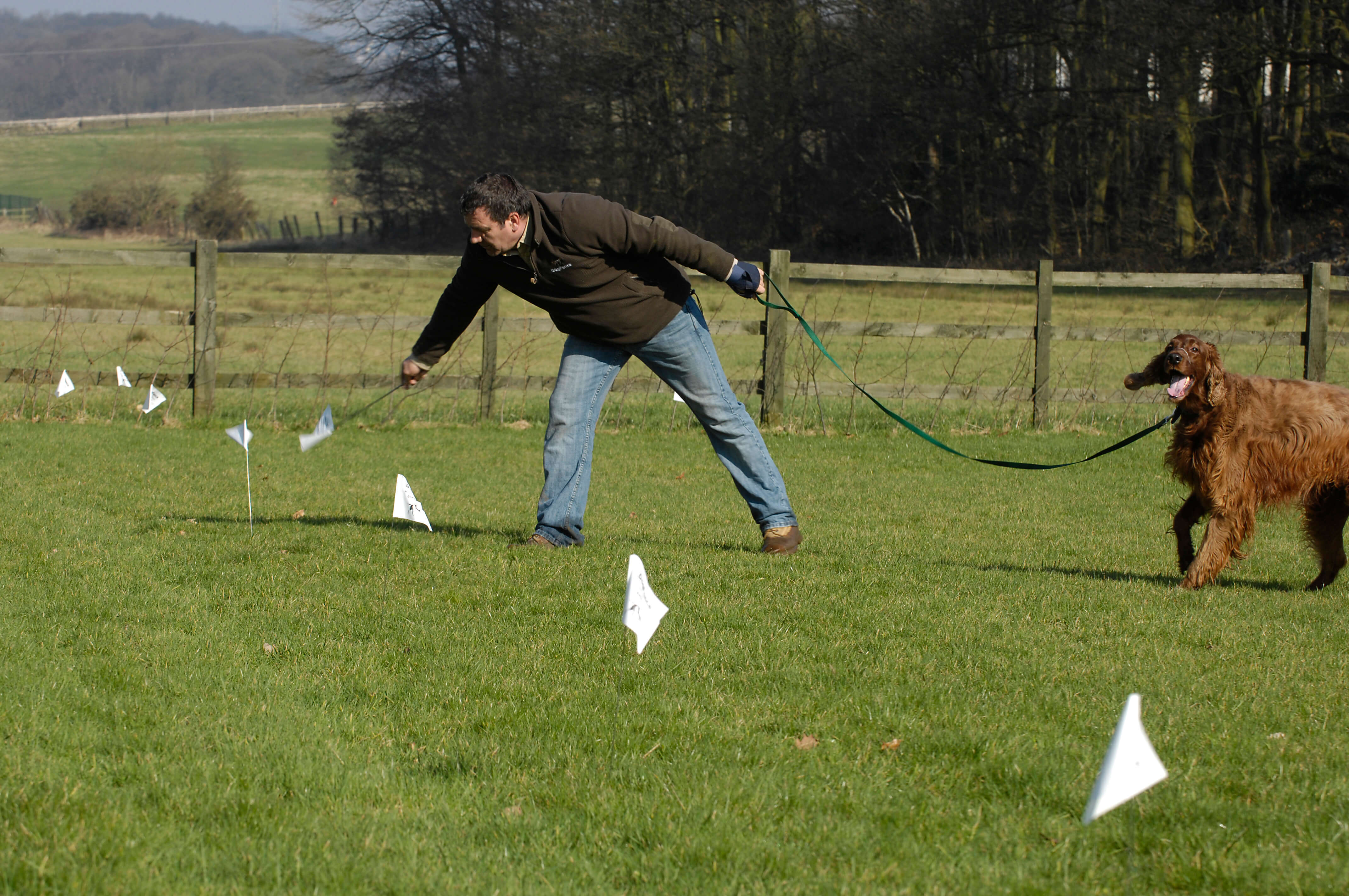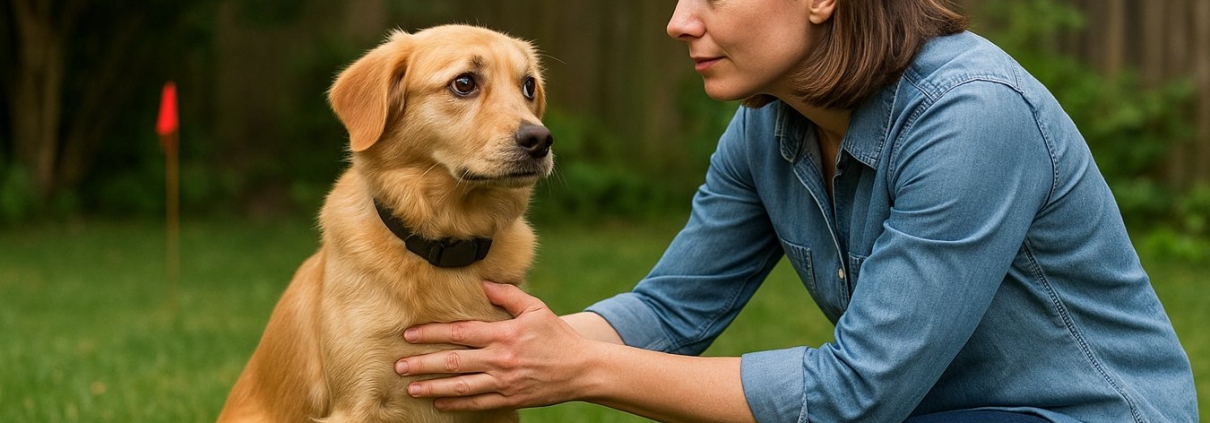How to Train a Nervous Dog with a Dog Fence | Gentle Dog Fence Training for Anxious Dogs
How to Train a Nervous Dog with a Dog Fence
Key Takeaways
- Training nervous dogs requires calm, consistent, and positive methods.
- DogFence systems are individually programmed to suit each dog’s temperament.
- Gentle dog fence training builds confidence and prevents anxiety.
- Professional installation includes personalised support and follow-up guidance.
Understanding Nervous Dogs and Dog Fence Training
Every dog has a unique personality. Some are bold and curious, while others are more cautious. Nervous dogs often react to new sounds, sensations, or environments, so training nervous dogs to a dog fence must be gradual and reassuring. Our system allows you to set the tone for each session, focusing on calm voice cues, gentle encouragement, and short, positive experiences.
Our Gentle Dog Fence Training Approach
We specialise in gentle dog fence training designed to build confidence, not fear. Each DogFence receiver collar is fully adjustable, ensuring that nervous pets experience only a mild, momentary correction — if any at all. In most cases, dogs learn to respond to the warning beep and never need further reinforcement.

Training a nervous dog using marker flags as part of gentle dog fence training.
1. Start with Familiarisation
Before any correction levels are introduced, we walk your dog around the boundary with visible training flags in place. These flags are the most important part of the early training process — they act as clear, visual markers that help your dog understand where the boundary begins and ends. For a confident dog, the flags are simply new objects in the garden. For a nervous dog, however, they can be the scariest part of training.
Some dogs find the movement of the flags — even the simple flicking back and forth in the wind — unsettling at first. It’s completely normal. The key is to stay upbeat and calm. Your tone of voice, posture, and energy set the emotional temperature for your dog. Nervous dogs take their lead from you, so remaining confident, positive, and cheerful helps them feel secure and reassured.
Think of it this way: to a nervous dog, the garden is full of invisible “gremlins.” Every sound, scent, or sudden movement can be a source of uncertainty. By introducing the flags gently, pairing them with beep-only training, and rewarding calm curiosity, you show your dog that there’s nothing to fear. With patience, praise, and consistency, even the most anxious dog will soon view the training flags — and the boundary itself — as just another safe part of their familiar outdoor world.
2. Introduce Beeps and Voice Cues
During the early sessions, your dog will hear a warning beep as they approach the boundary. Pairing this sound with a consistent command such as “Careful or Watch out” helps them link the tone with returning to safety. The focus is on communication, not correction.
3. Gradual Correction, Minimal Intensity
If your pet continues into the zone after the beep, the collar delivers a mild static pulse. For all dogs regardless of their personality we start at the bottom. When training on a dog fence for anxious dogs, we always begin at the lowest possible level and adjust only if absolutely necessary. Each training session lasts around 10–15 minutes and ends with plenty of praise and playtime. Slow and steady wins the race.
Case Study: Daisy the Kangal’s Confidence Journey
Daisy, a gentle Kangal, was initially fearful of new environments and noises. Her owners worried that containment training might overwhelm her. Using our gentle dog fence training process, Daisy quickly learned to associate the beep with boundaries, not punishment. Within a week, she was confidently exploring her large garden, tail wagging, safe from nearby livestock and traffic.

Daisy the Kangal during gentle dog fence training. Licking and yawning are common signs in nervous dogs as they process new experiences and build confidence.
Professional Support for Nervous Dogs
When training nervous dogs to a dog fence, the aim is to build trust and confidence through repetition and reward. Our experienced installers and trainers understand how to adapt sessions for dogs with anxiety or trauma backgrounds. We never rush or force progress. Instead, we combine proven behavioural principles with humane technology to help your pet feel secure. You can read more about our approach in our detailed guide to electric fences for nervous dogs. With patience and positive reinforcement, even anxious pets adapt beautifully to a dog fence for anxious dogs.”
Learn More About Dog Fence Training
If you’d like to understand how the system works technically, see How a Dog Fence Works. You can also review our FAQ on training nervous dogs for further reassurance.
Why Choose DogFence for Nervous Dogs?
- Over 22 years’ experience with all breeds and temperaments.
- DEFRA-tested and approved containment system.
- Lifetime warranty and ongoing customer support.
- Tailored dog fence for anxious dogs programmes designed to suit your pet’s individual needs.
When done correctly, training nervous dogs to a dog fence is a calm, confidence-building experience. It teaches boundaries safely and gently — giving your dog freedom to roam while ensuring peace of mind for you. Our system is designed to work equally well for confident pets and for those needing a gentle dog fence for anxious dogs.
Ready to Keep Your Pet Safe?
Call us on
01628 476475
|
Message us on WhatsApp
|
Request a Free Quote Online








